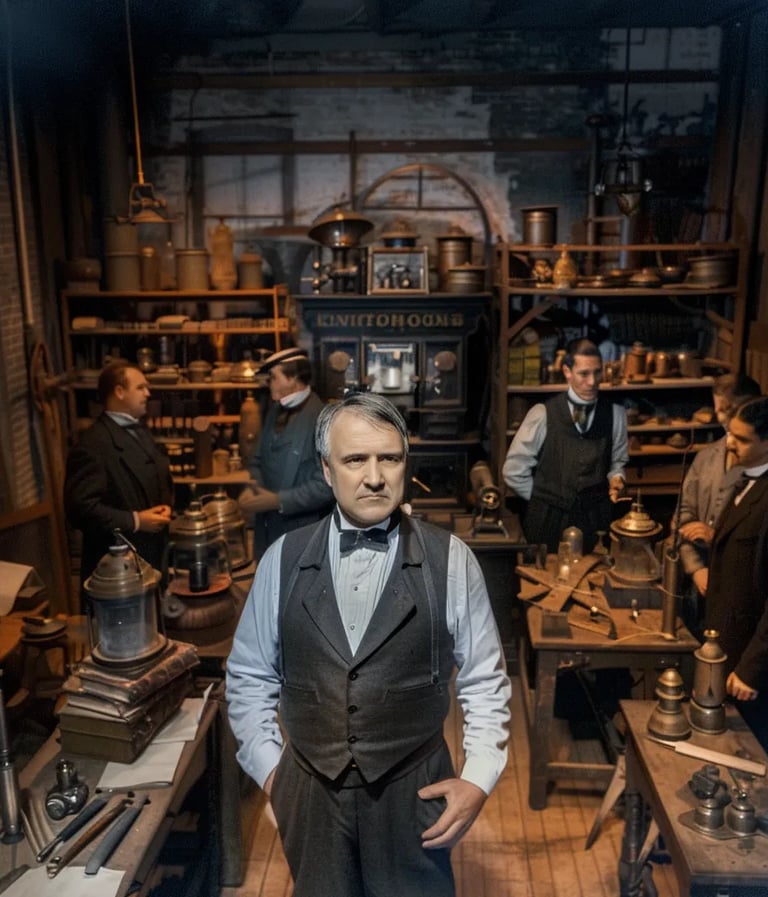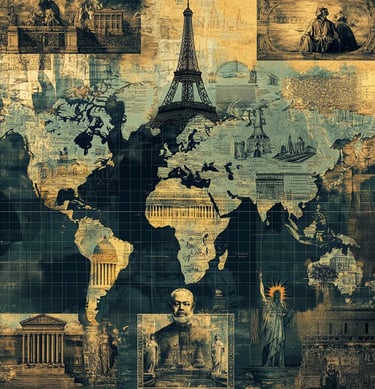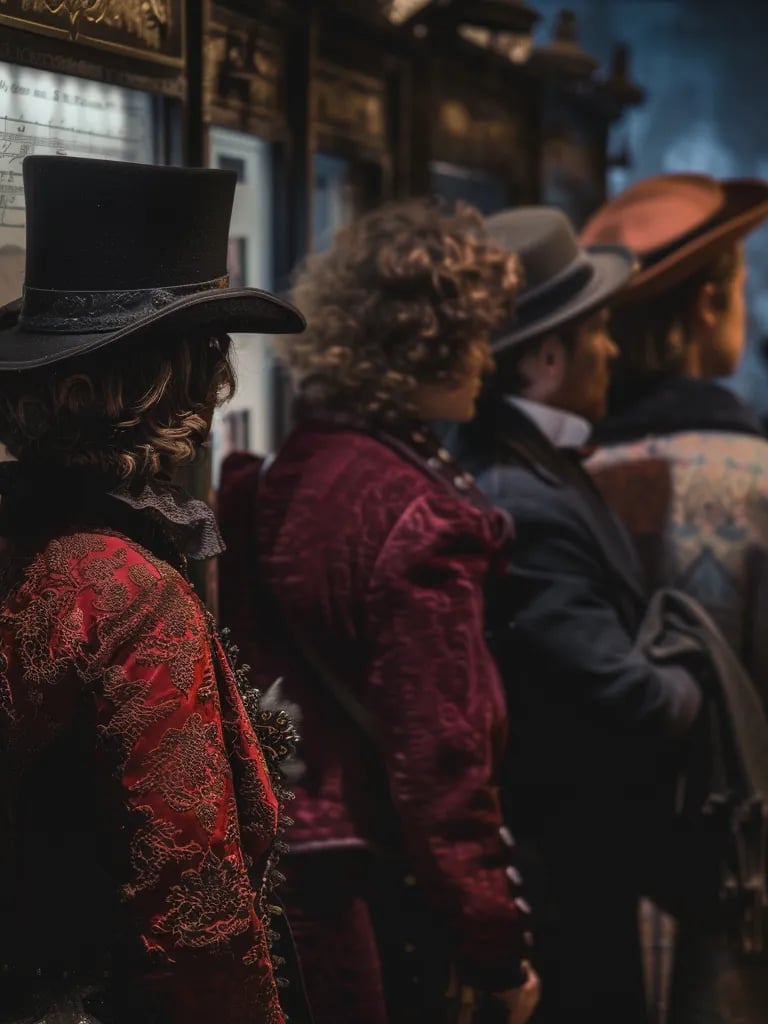The Battle of Arausio marked a catastrophic defeat for the Roman army against Germanic tribes. Occurring near the Rhône River in Gaul, this engagement resulted in an estimated 80,000 Roman casualties. The scale of the loss sent shockwaves through Rome, exposing vulnerabilities in their military strategy and spurring significant reforms. This battle underscored the growing threat posed by Germanic tribes to Roman territories and contributed to changes in Roman military organization and tactics.
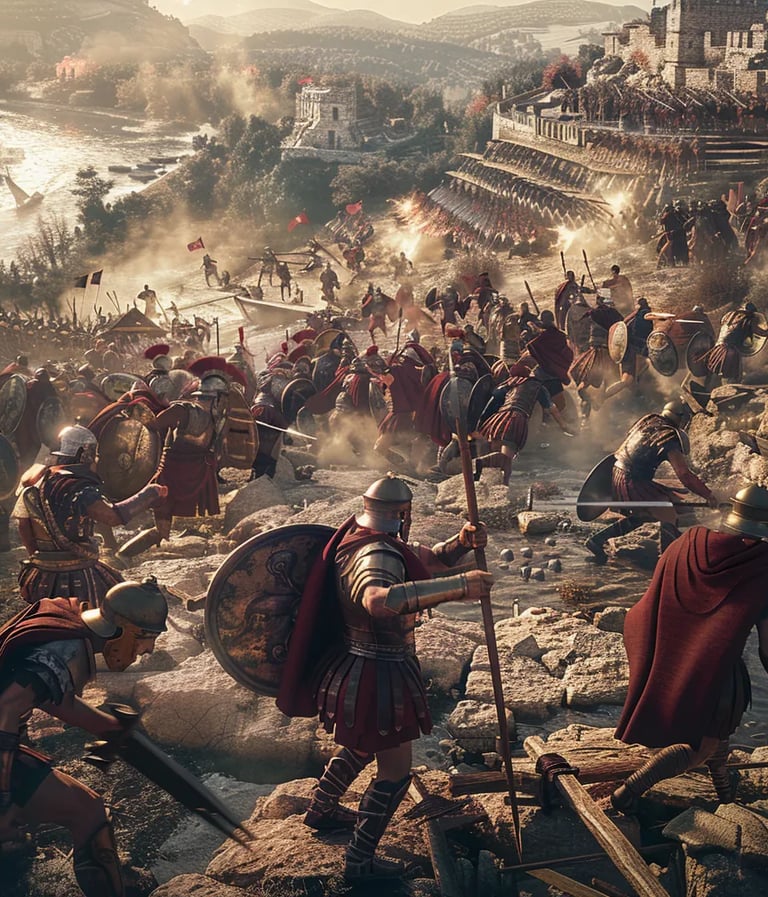

105 BCE – Battle of Arausio
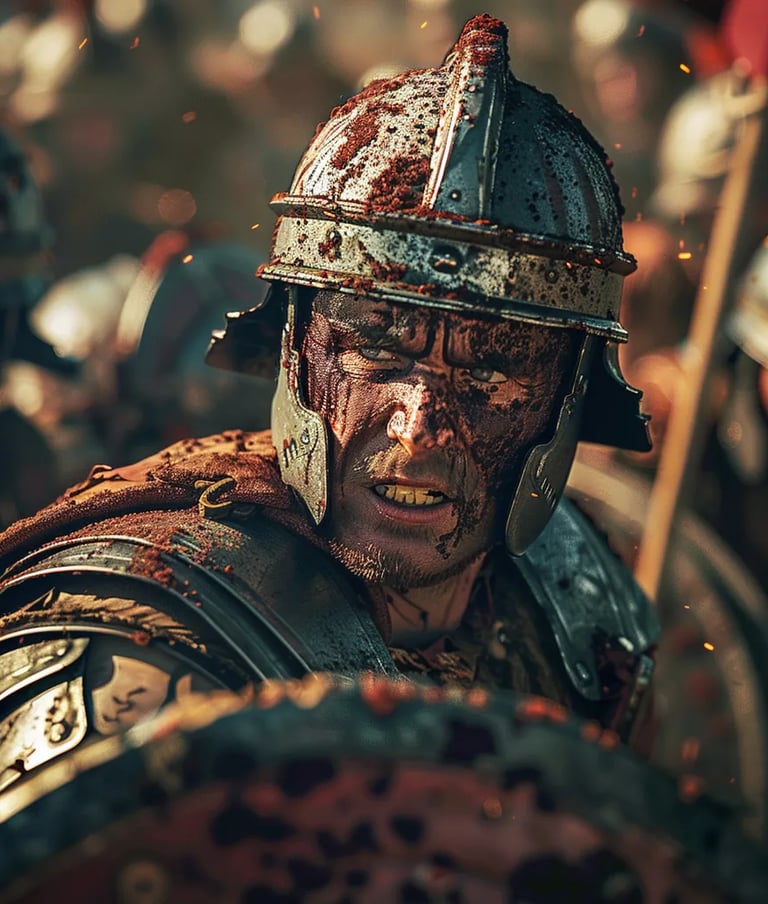

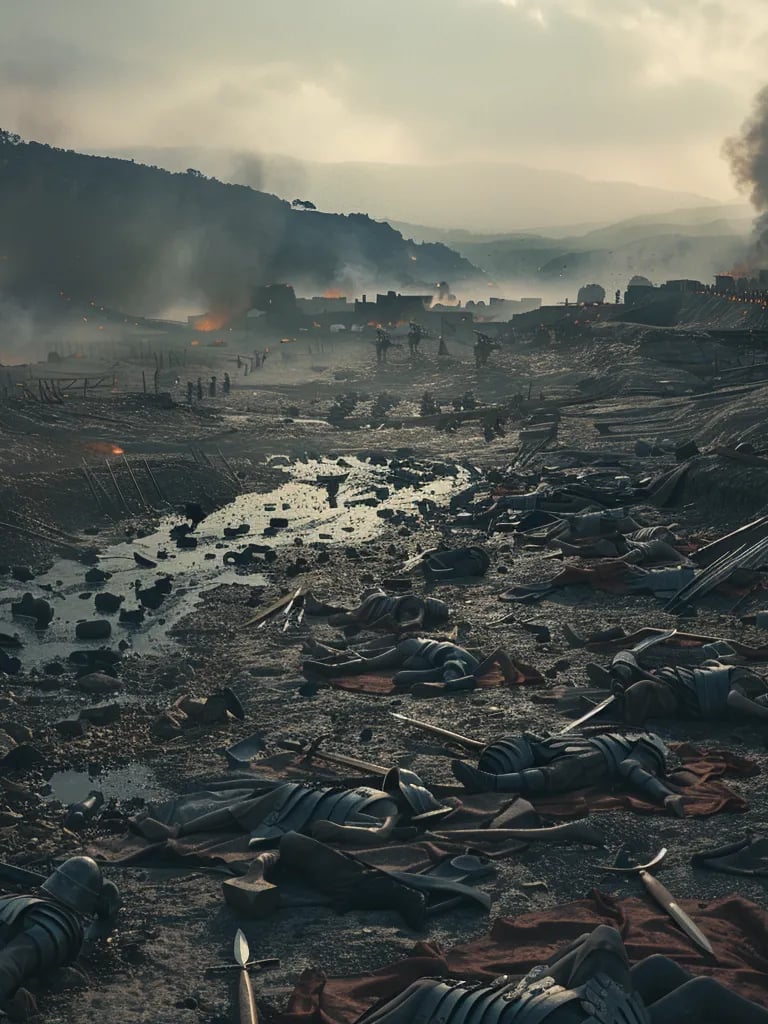

William Tyndale, a pivotal figure in the English Reformation, met a tragic end on this day. Convicted of heresy for his unauthorized translation of the Bible into English, Tyndale was strangled and burned at the stake in Belgium. His work, however, left an indelible mark on the English language and religious landscape. Tyndale's translation formed the basis for subsequent English versions of the Bible, including the influential King James Version, and helped standardize written English.
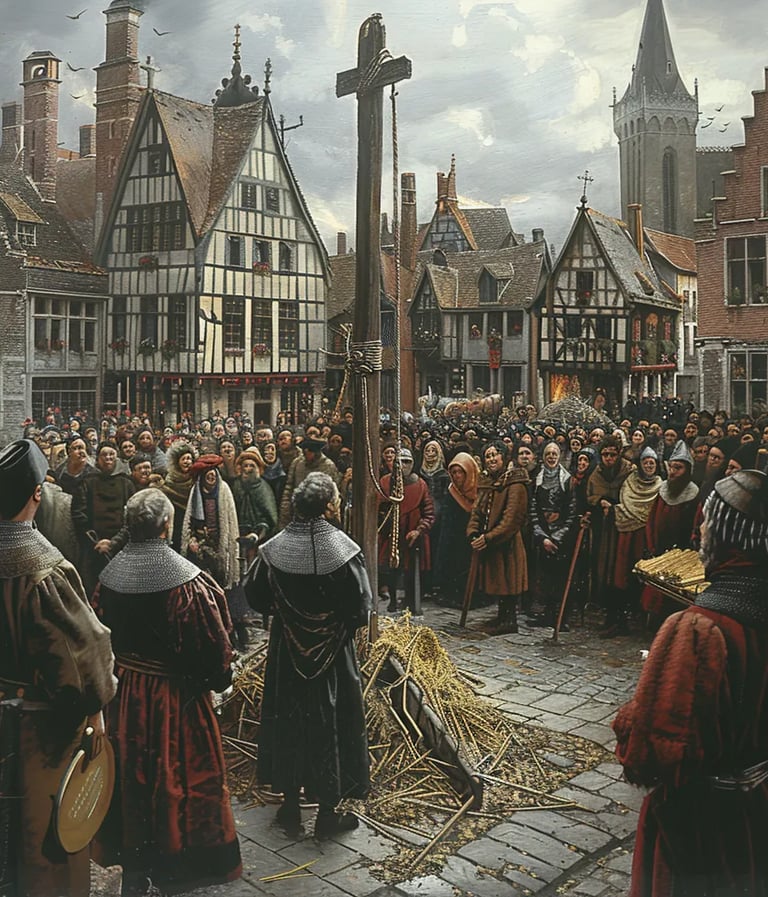

1536 – William Tyndale Executed
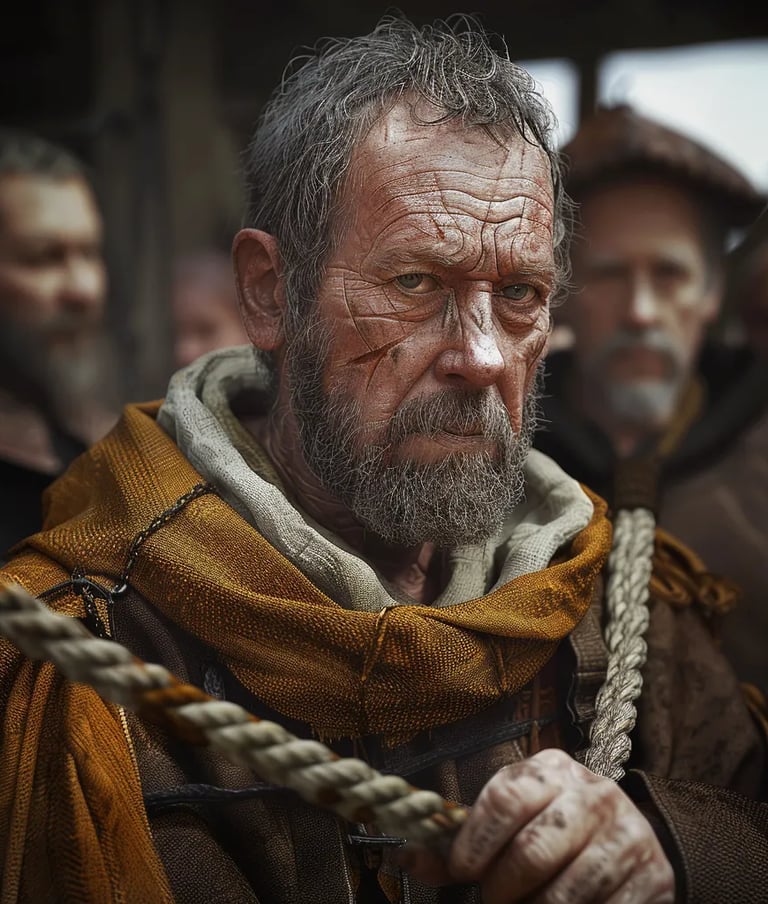

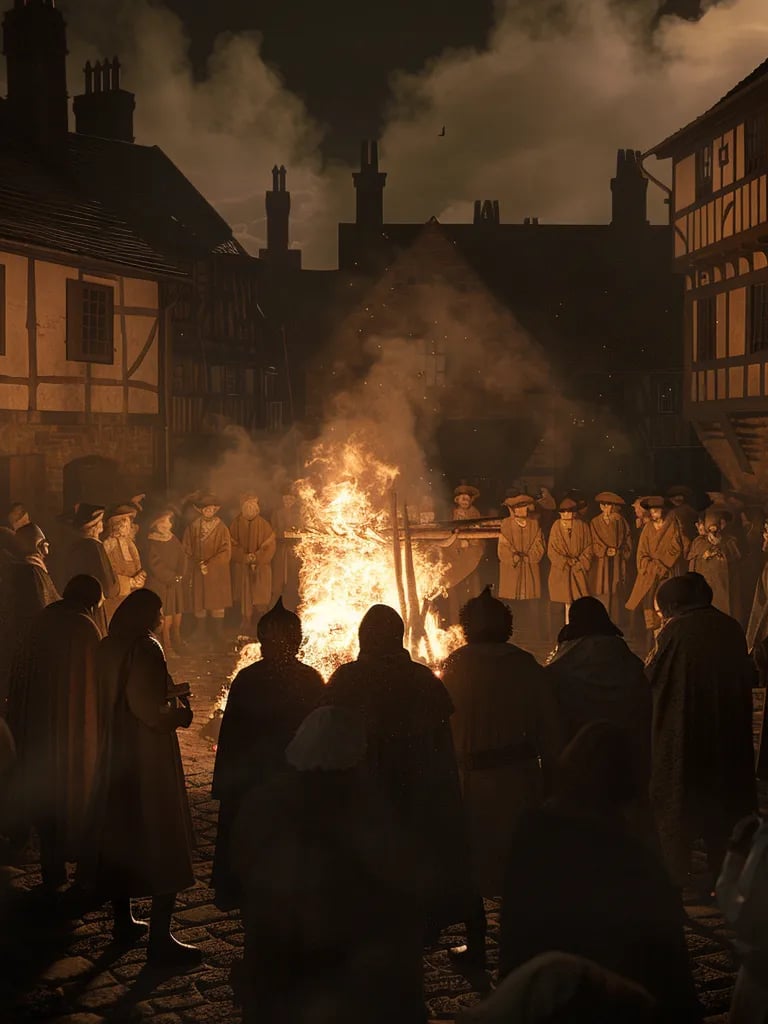

Captain James Cook, aboard the HMS Endeavour, made first European contact with New Zealand. Sighting land near Gisborne on the east coast of the North Island, Cook's arrival marked the beginning of European exploration and eventual colonization of New Zealand. This encounter had profound and lasting impacts on the indigenous Maori people and their culture. Cook's detailed charts and observations significantly expanded European knowledge of the Pacific and paved the way for future voyages and settlements in the region.
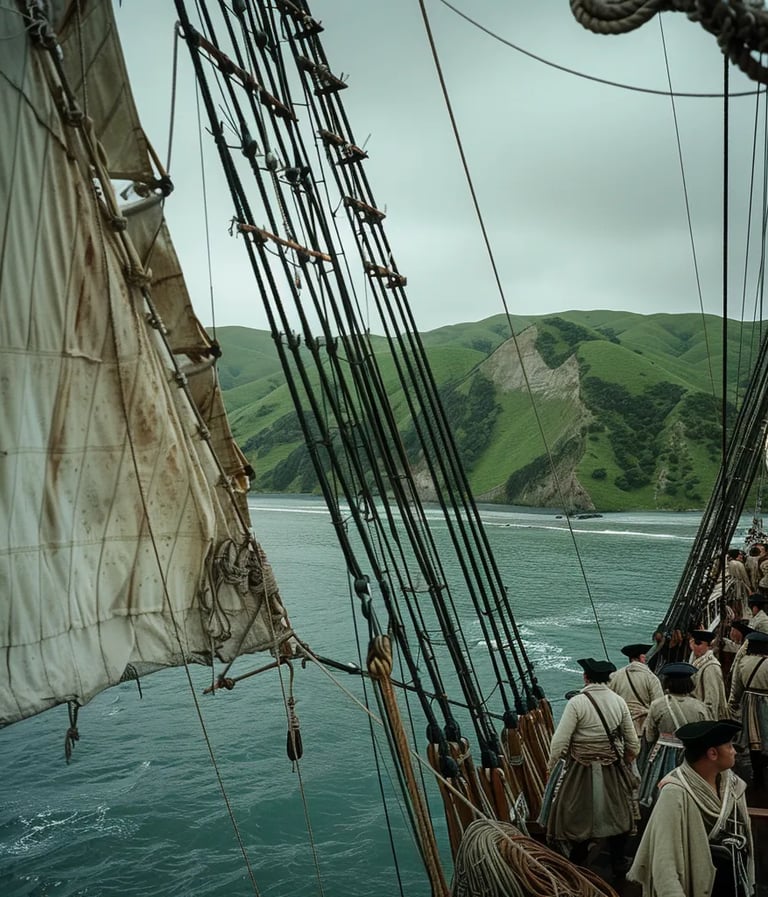

1769 – Cook Discovers New Zealand
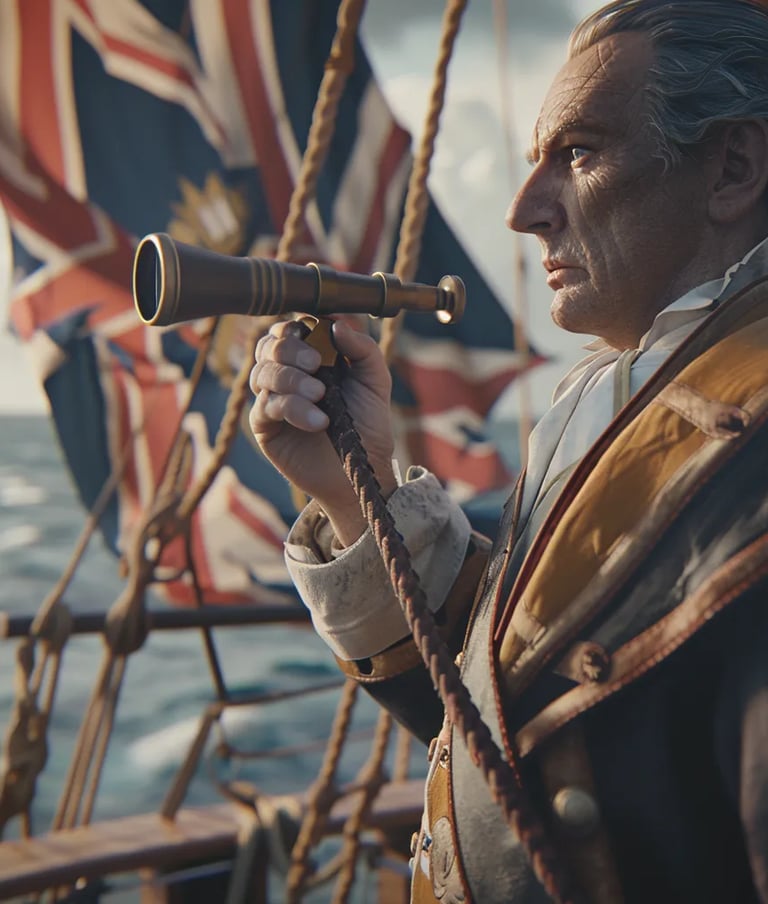



A catastrophic fire erupted in Newcastle and Gateshead, England, claiming 53 lives and injuring hundreds more. The blaze began in a worsted factory and quickly spread, fueled by stored oil and other flammable materials. The disaster reached its peak when a chemical warehouse exploded with such force that it was heard 10 miles away. This tragedy led to improved fire safety measures and building regulations in urban areas across England.
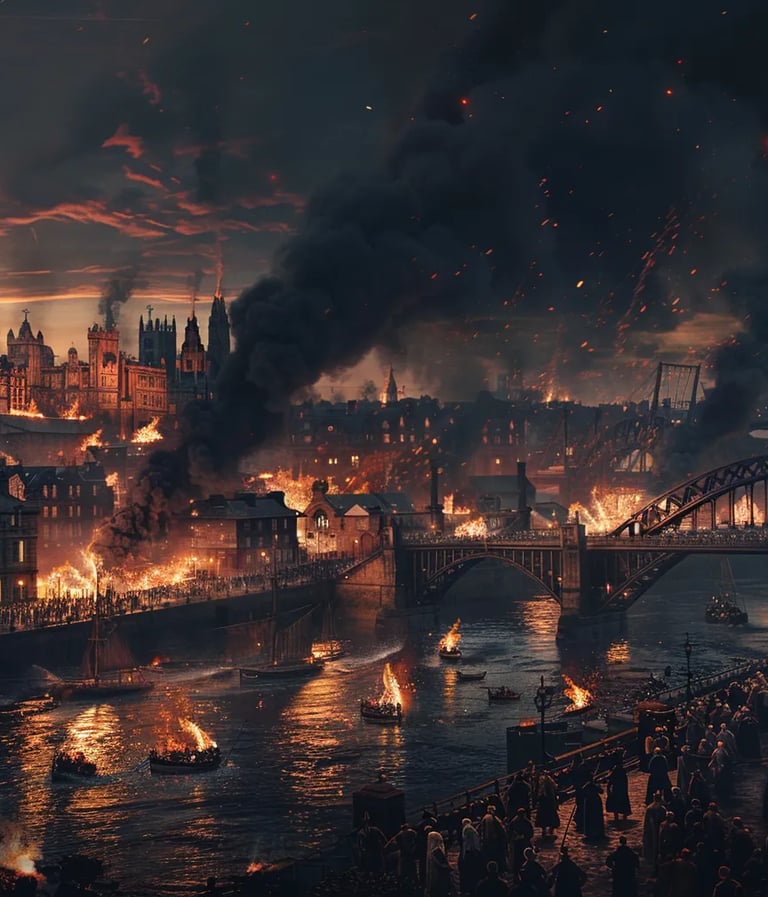

1854 – Great Fire of Newcastle and Gateshead
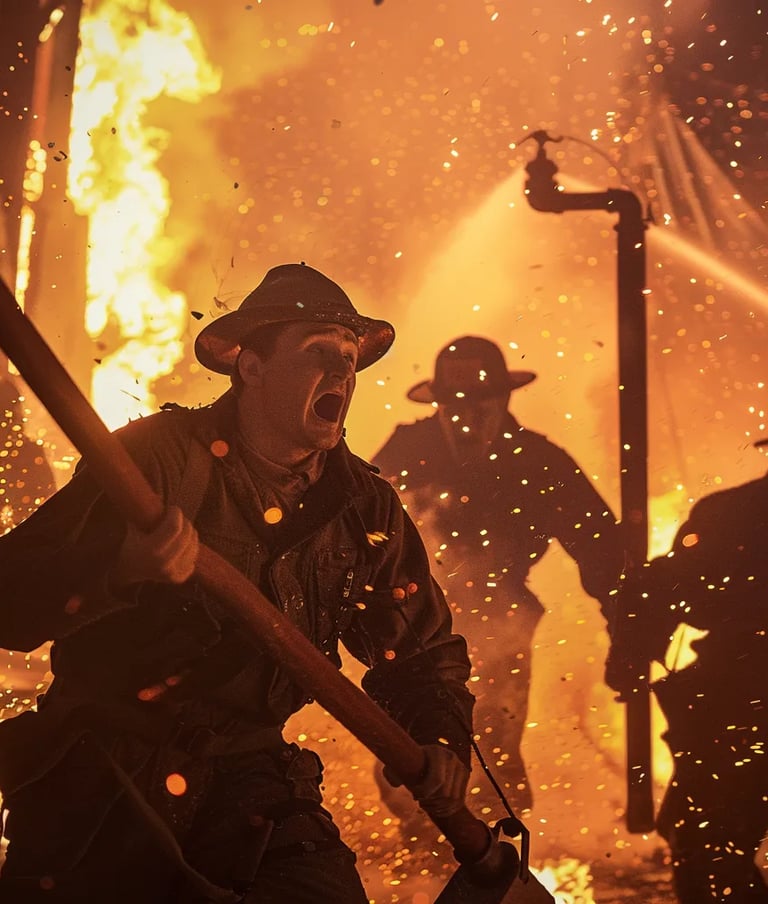

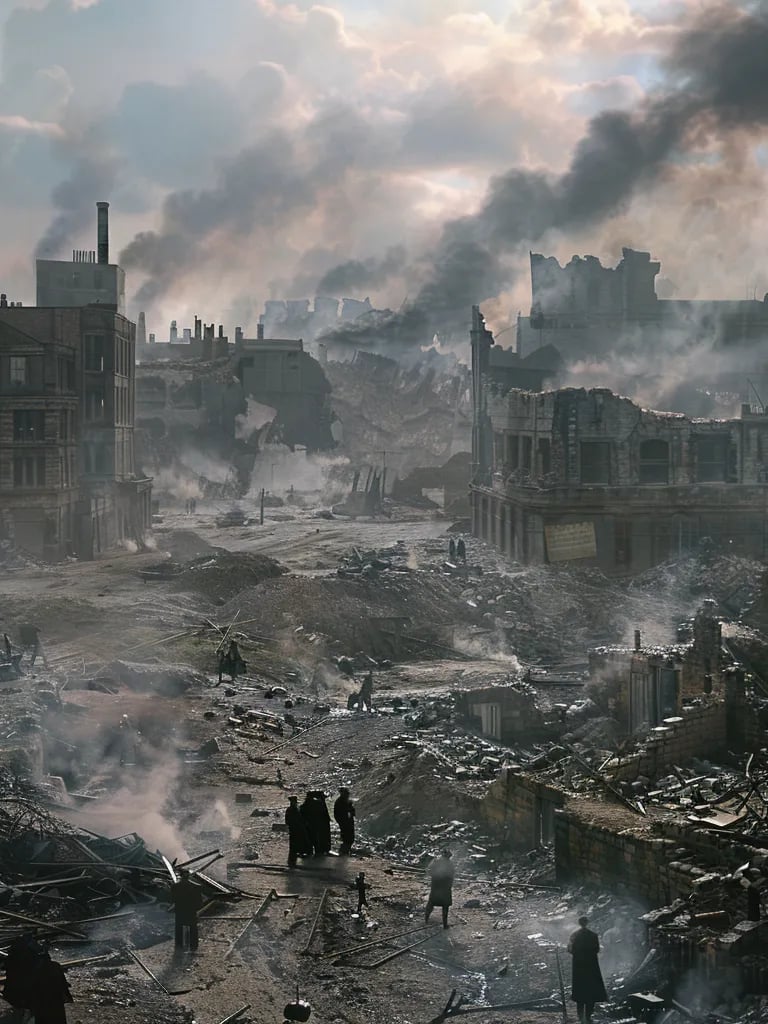

Thomas Edison unveiled his groundbreaking Kinetoscope, showcasing the world's first motion picture. This peep-show style device allowed individual viewers to watch short films through a small window. Edison's invention marked a revolutionary step in visual entertainment, laying the foundation for the modern film industry. The Kinetoscope's success sparked further innovations in motion picture technology, ultimately leading to the development of projected films and the birth of cinema as we know it today.
